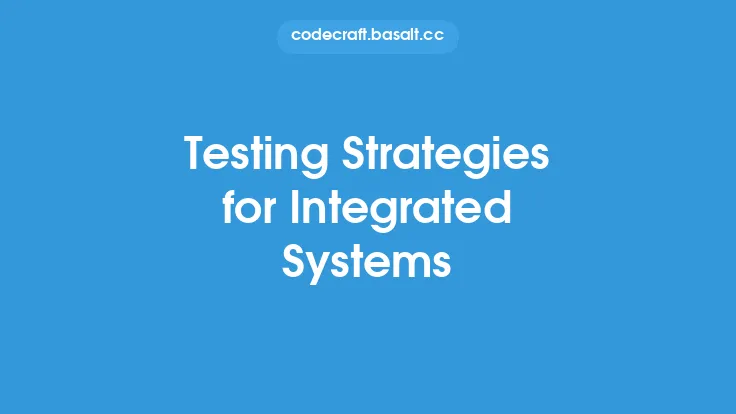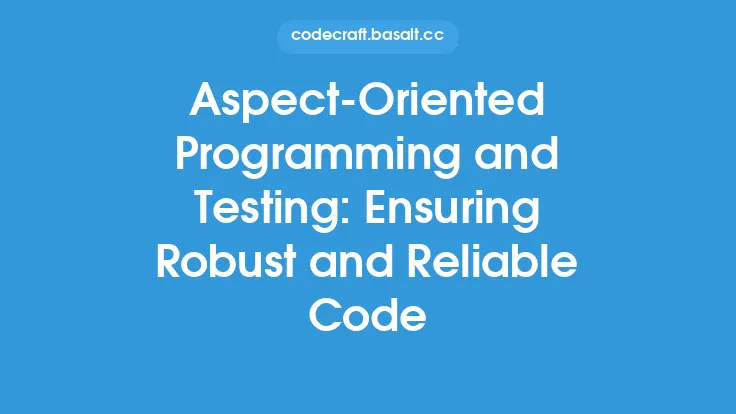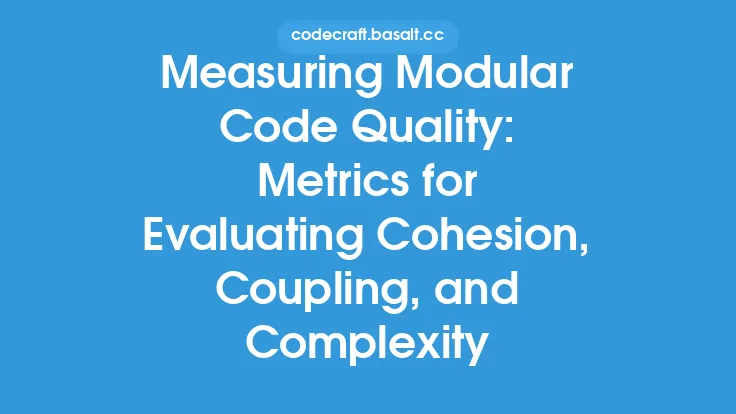When it comes to ensuring the quality of Application Programming Interfaces (APIs), testing plays a crucial role. APIs are the backbone of modern software applications, enabling different systems to communicate with each other and exchange data. However, with the increasing complexity of APIs, testing them has become a challenging task. In this article, we will delve into the strategies and tools for API testing, focusing on the evergreen information aspect to provide a comprehensive understanding of the subject.
Introduction to API Testing
API testing involves verifying that an API functions as expected, returns the correct data, and behaves as anticipated under various conditions. It is a critical step in the software development lifecycle, ensuring that the API is reliable, stable, and meets the required standards. API testing can be performed at different levels, including unit testing, integration testing, and end-to-end testing. Each level of testing has its own set of challenges and requirements, and a comprehensive testing strategy should include a combination of these levels.
Types of API Testing
There are several types of API testing, each focusing on a specific aspect of the API. These include:
- Functional testing: Verifies that the API behaves as expected and returns the correct data.
- Performance testing: Evaluates the API's performance under various loads and conditions.
- Security testing: Identifies vulnerabilities and ensures that the API is secure.
- Interoperability testing: Verifies that the API works seamlessly with different systems and platforms.
- Usability testing: Ensures that the API is easy to use and understand.
API Testing Strategies
A well-planned testing strategy is essential for ensuring the quality of an API. Some effective API testing strategies include:
- Black box testing: Involves testing the API without knowing its internal implementation details.
- White box testing: Involves testing the API with knowledge of its internal implementation details.
- Gray box testing: A combination of black box and white box testing.
- State transition testing: Involves testing the API's state transitions and ensuring that it behaves as expected.
- Error guessing: Involves identifying potential error scenarios and testing the API's behavior under those conditions.
API Testing Tools
There are numerous tools available for API testing, each with its own set of features and capabilities. Some popular API testing tools include:
- Postman: A popular tool for API testing, offering features such as request building, response analysis, and API documentation.
- SoapUI: A comprehensive tool for API testing, offering features such as functional testing, performance testing, and security testing.
- JMeter: A widely used tool for performance testing, offering features such as load testing and stress testing.
- RestAssured: A Java-based library for API testing, offering features such as request building, response analysis, and API documentation.
- Pytest: A Python-based framework for API testing, offering features such as request building, response analysis, and API documentation.
Best Practices for API Testing
To ensure the effectiveness of API testing, it is essential to follow best practices. Some best practices for API testing include:
- Testing early and often: API testing should be performed throughout the software development lifecycle, starting from the early stages.
- Using automated testing tools: Automated testing tools can significantly reduce the time and effort required for API testing.
- Testing for edge cases: API testing should include testing for edge cases and boundary conditions.
- Using mock data: Mock data can be used to simulate real-world scenarios and test the API's behavior under various conditions.
- Continuously monitoring and improving: API testing should be a continuous process, with ongoing monitoring and improvement to ensure the API's quality and reliability.
Challenges in API Testing
API testing can be challenging due to several factors, including:
- Complexity of APIs: Modern APIs are often complex, with multiple endpoints, parameters, and data formats.
- Limited documentation: API documentation may be limited or outdated, making it difficult to understand the API's behavior.
- Rapidly changing requirements: API requirements can change rapidly, making it essential to have a flexible testing strategy.
- Limited resources: API testing may require significant resources, including time, effort, and budget.
- Security concerns: APIs can be vulnerable to security threats, making it essential to include security testing in the testing strategy.
Future of API Testing
The future of API testing is likely to be shaped by emerging trends and technologies, including:
- Artificial intelligence and machine learning: AI and ML can be used to automate API testing, improve test coverage, and reduce testing time.
- DevOps and continuous integration: DevOps and continuous integration can help to integrate API testing into the software development lifecycle, ensuring that testing is performed continuously and consistently.
- Cloud-based testing: Cloud-based testing can provide scalable and on-demand testing infrastructure, reducing the need for expensive hardware and software.
- IoT and edge computing: The increasing adoption of IoT and edge computing will require API testing to adapt to new devices, platforms, and networks.
Conclusion
API testing is a critical aspect of software development, ensuring that APIs are reliable, stable, and meet the required standards. By understanding the strategies and tools for API testing, developers can ensure the quality of their APIs and provide a better user experience. As APIs continue to evolve and become more complex, it is essential to stay up-to-date with the latest trends and technologies in API testing, including AI, DevOps, and cloud-based testing. By following best practices and using the right tools, developers can ensure that their APIs are thoroughly tested and meet the required standards.





